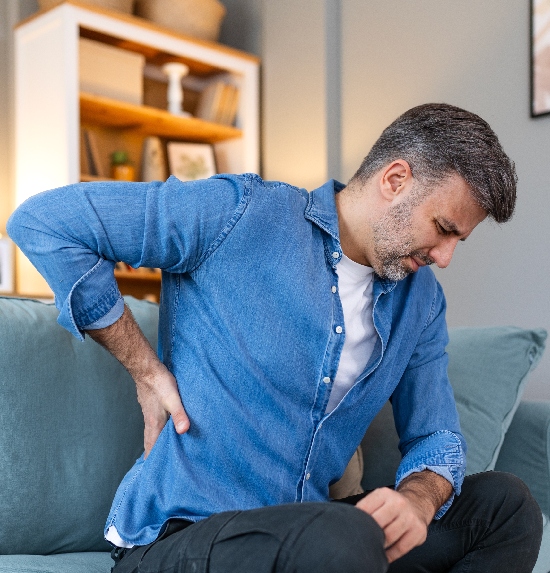Upper right region:
Liver, gallbladder, right kidney and small intestine
Upper middle region:
Stomach, liver, pancreas, duodenum, spleen, and adrenal glands
Upper left region:
Spleen, colon, left kidney, and pancreas
middle right region:
Gallbladder, liver, and right colon
middle region:
Umbilicus (navel), parts of the small intestine and duodenum
middle Left region:
Descending colon and left kidney
lower right region:
Appendix and cecum
Urinary bladder, sigmoid colon, and female reproductive organs
lower Left region:
Descending colon and sigmoid colon
lower Middle region:
The above image is for representative purposes only. For more information, consult your doctor.
Upper Middle Region:
Upper Left Region:
Upper right region:
middle right region:
middle region:
middle Left region:
lower right region:
lower Middle region:
lower Left region:
The above image is for representative purposes only. For more information, consult your doctor.
Understanding Abdominal Pain
- The abdomen is divided into 9 sections, with the stomach located in the upper middle area, known as the epigastric region. This area houses important organs, including the stomach, liver, pancreas, the beginning of the small intestine and the adrenal glands.1
- Pain in this region can be caused by sudden or chronic issues with the stomach, small intestine, liver, pancreas or bile ducts.3
- We all have experienced stomach pain at some point, and it is not always a sign of a serious health issue. Often, stomach pain can be caused by excessive drinking or overeating certain foods.4
- However, even minor discomfort can sometimes signal a serious medical issue that requires immediate attention. Therefore, it’s important to recognize the different types of stomach pain and understand when to seek medical help.4
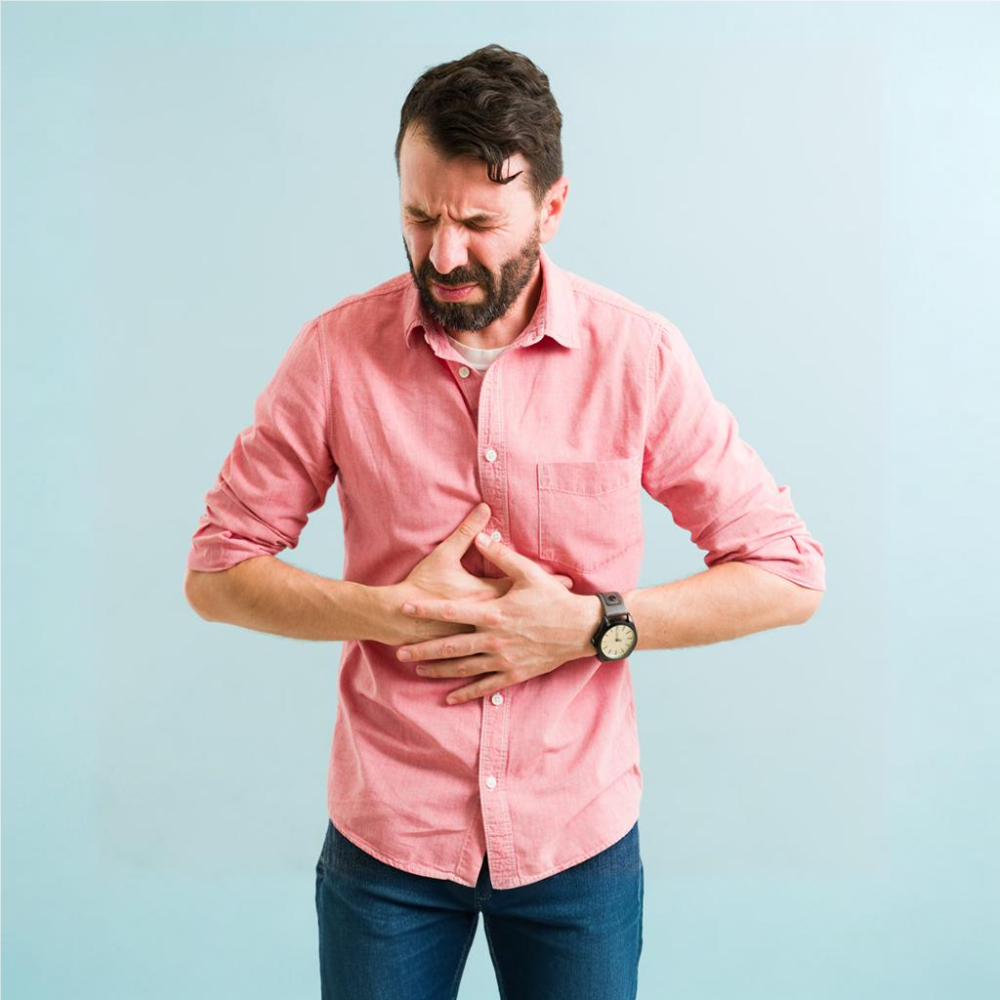
Causes
Pain in the upper middle region can have several possible causes, particularly when it occurs right after eating.5
Acid Reflux5
Acid reflux occurs when some of the acid produced in your stomach or food from your stomach comes back into your food pipe. This can cause pain in your chest and throat.
Alcohol5
Drinking too much alcohol, whether in one go or over a long period, can cause inflammation of the stomach lining. This long-term inflammation can lead to bleeding.
Excessive drinking can also cause issues such as stomach inflammation, inflammation of the pancreas and liver disease. These problems can also lead to pain in the upper middle part of your abdomen (epigastrium).
Overeating5
When you eat too much, your stomach can stretch and put extra pressure on nearby organs, leading to pain in your belly.
Overeating can also cause stomach acid and food to move back up into your food pipe, which can lead to a burning feeling in your chest and throat. This can make the pain in your upper stomach worse after eating.
Food Pipe Inflammation5
When the lining of your esophagus (food pipe) gets inflamed, it’s called inflammation of the esophagus. This can be caused by stomach acid coming up, allergies, infections, or ongoing irritation from medications. If not treated, it can lead to scarring of the esophagus.
Gastritis5
Gastritis occurs when the lining of your stomach gets inflamed due to a bacterial infection, an immune system issue or continuous damage to your stomach. It can be short-term or become long-lasting if not treated.
Stomach Pain in Pregnancy5
Mild stomach pain is common during pregnancy because of the pressure your growing baby puts on your abdomen. Additionally, hormonal changes and digestive issues can contribute to this sensation.
Enlarged Spleen5
The spleen, located on the left side of your body under the rib cage, plays a crucial role in your immune system. Certain conditions or illnesses can cause the spleen to enlarge.
While not everyone with an enlarged spleen will experience symptoms, it can sometimes lead to pain in the area where the spleen is located.
Symptoms

| Type of Pain | Description | Common Causes |
|---|---|---|
| Sudden onset |
|
|
| Rapid onset |
|
|
| Gradual onset |
|
|
| Type of Pain | Description | Common Causes |
|---|---|---|
| Sudden onset |
|
|
| Rapid onset |
|
|
| Gradual onset |
|
|
The severity of your pain doesn’t always indicate how serious the underlying condition is.7 For instance, you might experience intense stomach pain from gas or stomach cramps due to viral gastroenteritis. Conversely, life-threatening conditions like colon cancer or early appendicitis may cause only mild pain or no pain at all.7
Other ways to describe stomach pain include7

Generalized Pain
Felt in more than half of the belly; often associated with stomach virus, indigestion or gas

Localized Pain
Occurs in a specific area of the belly; may indicate issues with organs like the appendix, gall bladder or stomach

Cramp-like Pain
Usually not serious; linked to gas and bloating, often followed by diarrhoea

Generalized Pain
Comes in waves, often sudden and severe; common causes include kidney stones
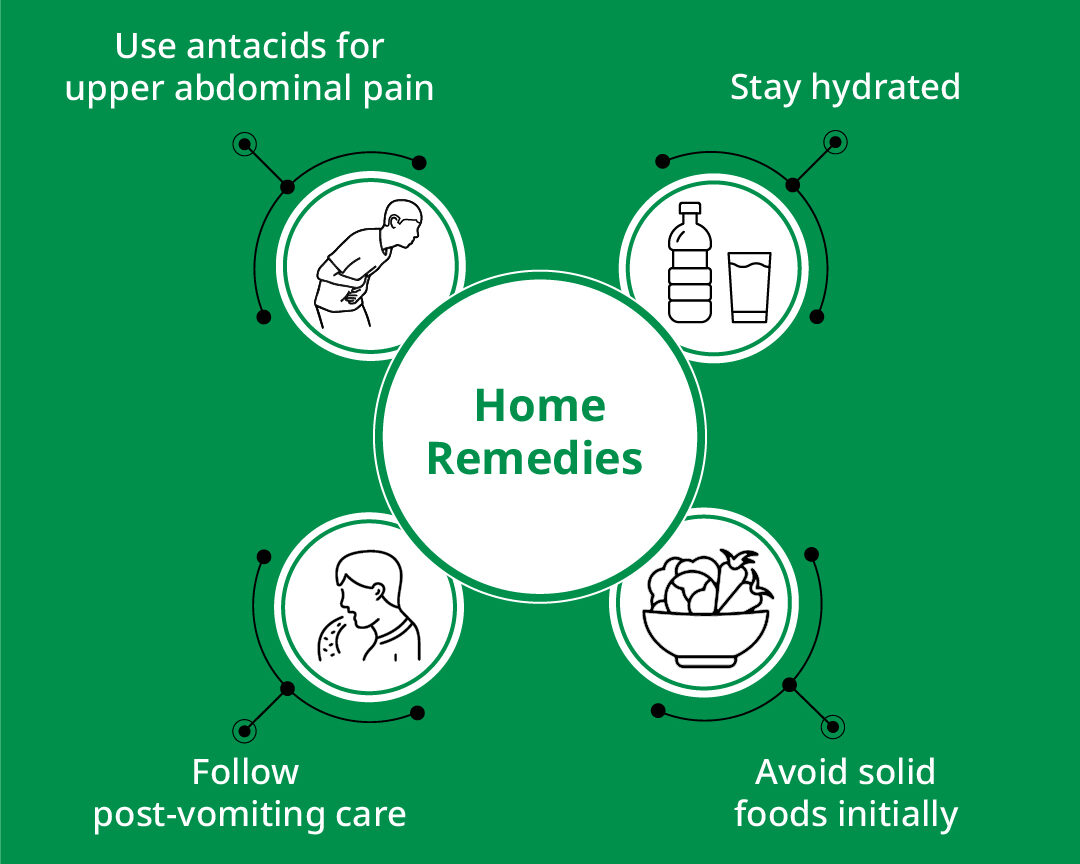
Home remedies
- Stay hydrated: Drink water or clear fluids. You can also sip sports drinks in small quantities.
- Avoid solid foods initially: Avoid eating solid foods for the first few hours.
- Post-vomiting care: If you have been vomiting, wait for 6 hours before eating small amounts of bland foods like rice, applesauce or crackers. Try to avoid dairy products.
- Use antacids for upper abdominal pain: For pain in the upper abdomen after meals, antacids may provide relief, especially if you experience heartburn or indigestion. Avoid citrus fruits, oily food, high-fat foods, caffeine, alcohol and carbonated drinks.
When to Contact a Healthcare Professional
It’s important to know when to seek medical attention. You should contact a healthcare professional if 7:
It’s important to know when to seek medical attention. You should contact a healthcare professional if 7:
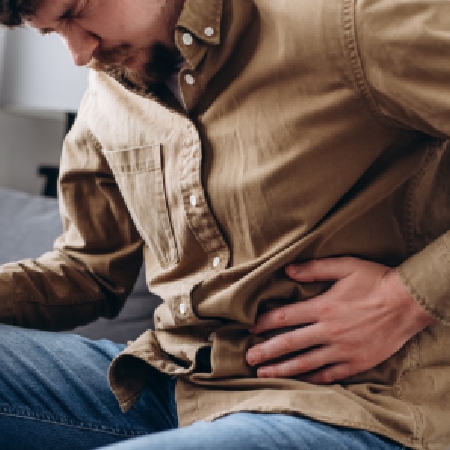
Abdominal pain does not improve within 24 to 48 hours, becomes severe or is accompanied by nausea or vomiting.
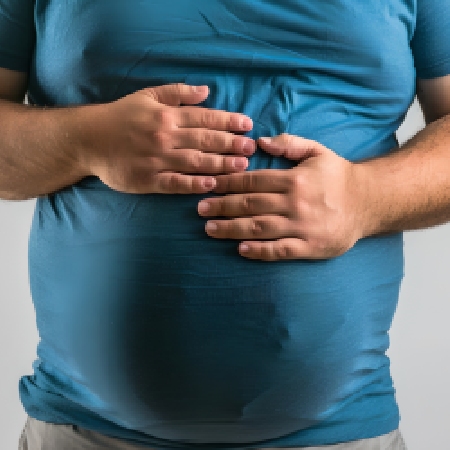
Bloating persists for more than 2 days.
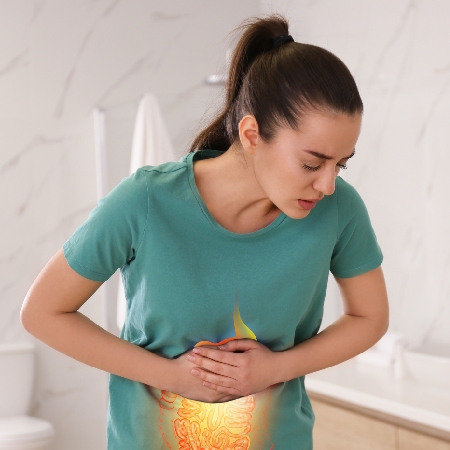
Diarrhoea lasts for more than 5 days.
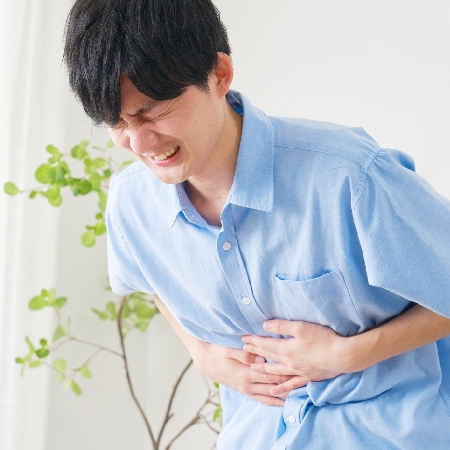
You experience abdominal discomfort lasting a week or more.
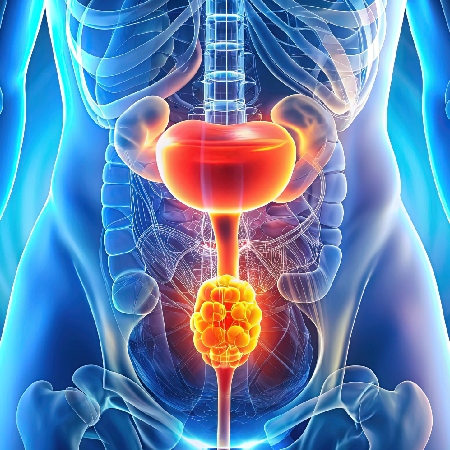
You have a burning sensation during urination or experience frequent urination.
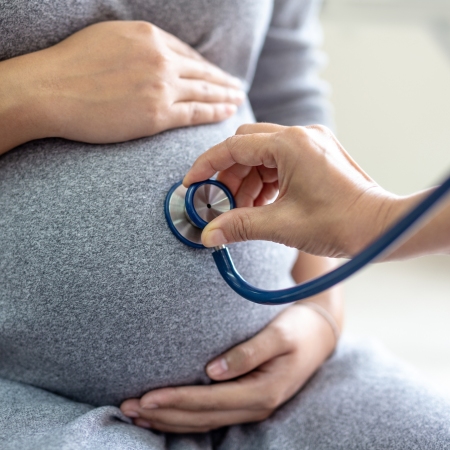
You are pregnant or suspect you might be pregnant.

You have had a recent abdominal injury.
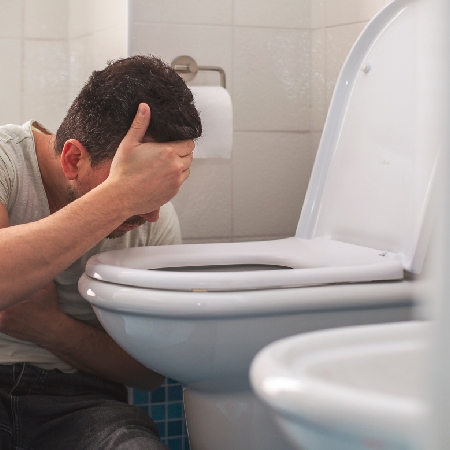
You are unable to pass stool, especially if accompanied by vomiting.
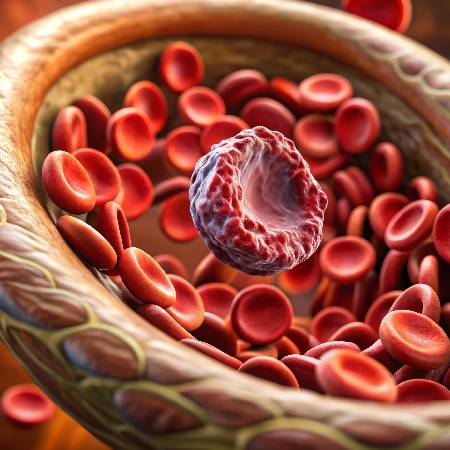
You notice blood in your stool (bright red, maroon or dark) or vomit blood.

The treatment for stomach pain depends on the underlying cause.5 If it's related to your diet or overeating, your doctor may suggest changing your eating habits or lifestyle.5
Changes you might need to make5:
These changes could include5

Exercising for 30 minutes a day

Eating healthier foods that are gentle on your stomach
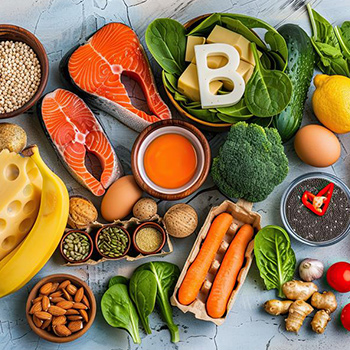
Consuming foods like ginger or taking vitamin B supplements to ease nausea or vomiting


Track Your Pain Intensity
Understanding your pain is the first step toward effective management. Our Pain Assessment Test Tool is a simple, quick, and interactive way to assess the severity and frequency of your pain. This self-assessment is designed to help you better communicate with your healthcare provider, enabling personalized and timely treatment.
If you’re experiencing chronic discomfort, our tool provides a clear, easy-to-understand analysis that empowers you to take charge of your well-being.
Start the test now to measure your pain intensity and take the first step toward relief!
References:
- Wade CI, Streitz MJ. Anatomy, abdomen and pelvis: abdomen. Updated July 24, 2023. In: StatPearls. StatPearls Publishing; January 2024. https://www.ncbi.nlm.nih.gov/books/NBK553104/
- Data on file.
- Testa A, Lauritano EC, Giannuzzi R, Pignataro G, Casagranda I, Gentiloni Silveri N. The role of emergency ultrasound in the diagnosis of acute non-traumatic epigastric pain. Intern Emerg Med. 2010;5(5):401-409.
- Ikromjon oʻgʻli MM. Stomach pain causes, examinations, treatment, relief methods. Int Sci J. 2022;1(7):441-445.
- Jewell T. What’s causing my epigastric pain and how can I find relief? Healthline. Updated July 13, 2023. Accessed September 4, 2024. https://www.healthline.com/health/epigastric-pain
- Sherman R. Abdominal pain. In: Walker HK, Hall WD, Hurst JW, eds. Clinical Methods: The History, Physical, and Laboratory Examinations. 3rd ed. Butterworths; 1990.
- Abdominal pain. MedlinePlus. Reviewed July 2, 2022. Accessed July 30, 2024. https://medlineplus.gov/ency/article/003120.htm
Other Abdominal Pain
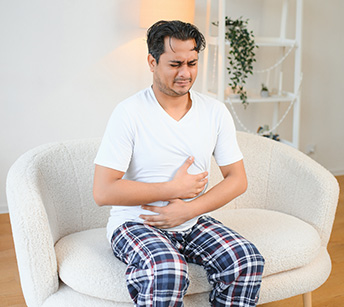
Stomach Pain
Recognize the different types of stomach pain to understand when to seek medical help.

Irritable Bowel Syndrome (Chronic)
Abdominal pain that is experienced for atleast 1D a week for 3 months.
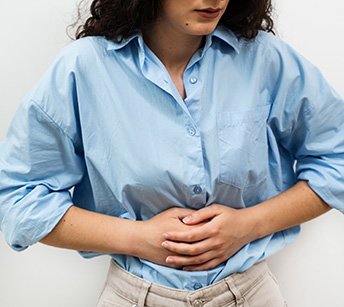
Menstrual Pain
The pain affecting individuals in their menstrual cycles typically centred in the lower abdomen
Colic (Chronic)
The sharp and localized abdominal pain that increases and then decreases in intensity.
01 Urinary Pain
A sudden, sharp, cramping pain in the side that is experienced due to kidney stone.
02 Renal Pain
The intense pain caused by a blockage in the ureter, typically due to a kidney stone.
03 Intestinal Colic
The cramping pain that comes and goes when the intestines attempt to push through a blockage.
04 Biliary Colic
A common type of upper abdominal pain caused by gallstones.
